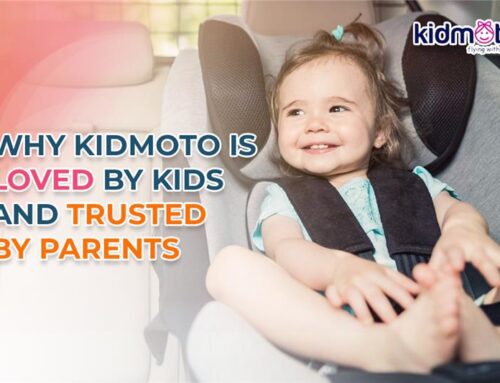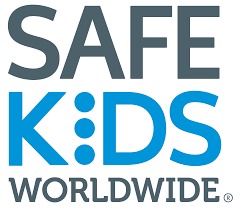An Introduction to Child Safety Seats
As a parent, it is your responsibility to keep your children safe, especially in the car. Every year, thousands of children are hospitalized or killed because of car accidents. The proper use of a car seat tremendously helps in keeping children safe. However, the various car seat models on the market may make choosing the right car seat quite overwhelming.
Choosing a car seat for your child depends on many factors, including the child’s height, weight, age and vehicle type you drive. The types of car seat appropriate for each child’s age range can be summed up below. Aside from this knowledge, you should do your own research on each seat that you are considering.
Rear-Facing
These are for infants and toddlers. Types include rear-facing convertible seats and simple rear-facing seats. Every child should use this type of seat until two years of age or until he/she reaches the highest height or weight limit dictated by the car seat manufacturer.
Convertible/Forward-facing w/harness
These are for larger toddlers and preschoolers. They can be used by those who have outgrown the previous car seat classification. This is the seat the child should use for as long as the highest height or weight limit set by the car seat manufacturer is not yet achieved.
Booster seats
The school-aged child who has exceeded the limits of the previous category will want to use this type. It has a belt-positioning feature that works until the child can sit properly on the seat with just an adult shoulder and lap belt. These are for children under four feet and nine inches tall or eight to 12 years old. Children up to age thirteen are safest in the back seat.
Seat belts
This is appropriate for older children, if they are already large enough and old enough for the seat belt to fit them properly. The safest type to use is the seat belt with the lap & shoulder belts. As with the previous category, if the child is younger than 13 years old, then they should occupy the back seat.
Promoting Child Safety: Tips on Shopping Correctly for Car Seats
When shopping for your child’s car seat, it is helpful to remember the tips discussed below.
First of all, no single seat is the safest or the best. You can only say that your car seat is the best if it fits the size of your child; if it is installed correctly; if it has a good fit with your car; and if it is properly used each time you drive your vehicle.
Secondly, the price does not necessarily dictate if your car seat is the best or not.
Also, if you are buying a second-hand seat and you are not aware of its history, then you are better to avoid it.
Never use car seats that are too old. To find out the age of the seat, read the label and look for the manufacturing date. Also, read up on the manufacturer’s recommendation regarding how long the seat should be used.
Never buy a seat with visible cracks.
Never buy a seat that does not have a manufacturing date or a model number. Such information tells you if the car seat has not been recalled.
And yes, never buy a seat that was recalled. It is obviously defective; otherwise, a recall would not have been made.
Do not buy the seat if there are no instructions on its installation and use.
Avoid a seat with missing parts. This is particularly common with used car seats.
If the seat has been in a crash, however moderate, avoid it! The definition of a minor crash is if: the car can still be driven afterwards; the door that is closest to the seat has not been damaged; there were no injuries in the crash; the airbags did not activate; and if no damage is visible in the car seat. If you are not sure, you may call the seat’s manufacturer.
Other Tips
Be a role model for your child; wear a seat belt. It will go a long way towards your child forming the lifelong habit of using the seat belt.
Also, ensure that whenever your child is transported, whoever may be with them, that they use the proper car seat all the time on each trip. Be consistent, because proper use of a car seat is part and parcel of good parenting. It also reduces complaints and fusses. But most of all, it keeps your child safe.
Remember, never leave your kid alone in and around cars. Why? Because you put your child at risk of heat stroke, strangulation by retracting seat belts, power windows, accessories, and sunroofs. The car can be knocked into gear and set in motion or be crashed into by another vehicle. There is also the risk of your child becoming trapped inside the car trunk.
And finally, always read and follow the car seat manufacturer’s instructions, warnings and directions.






